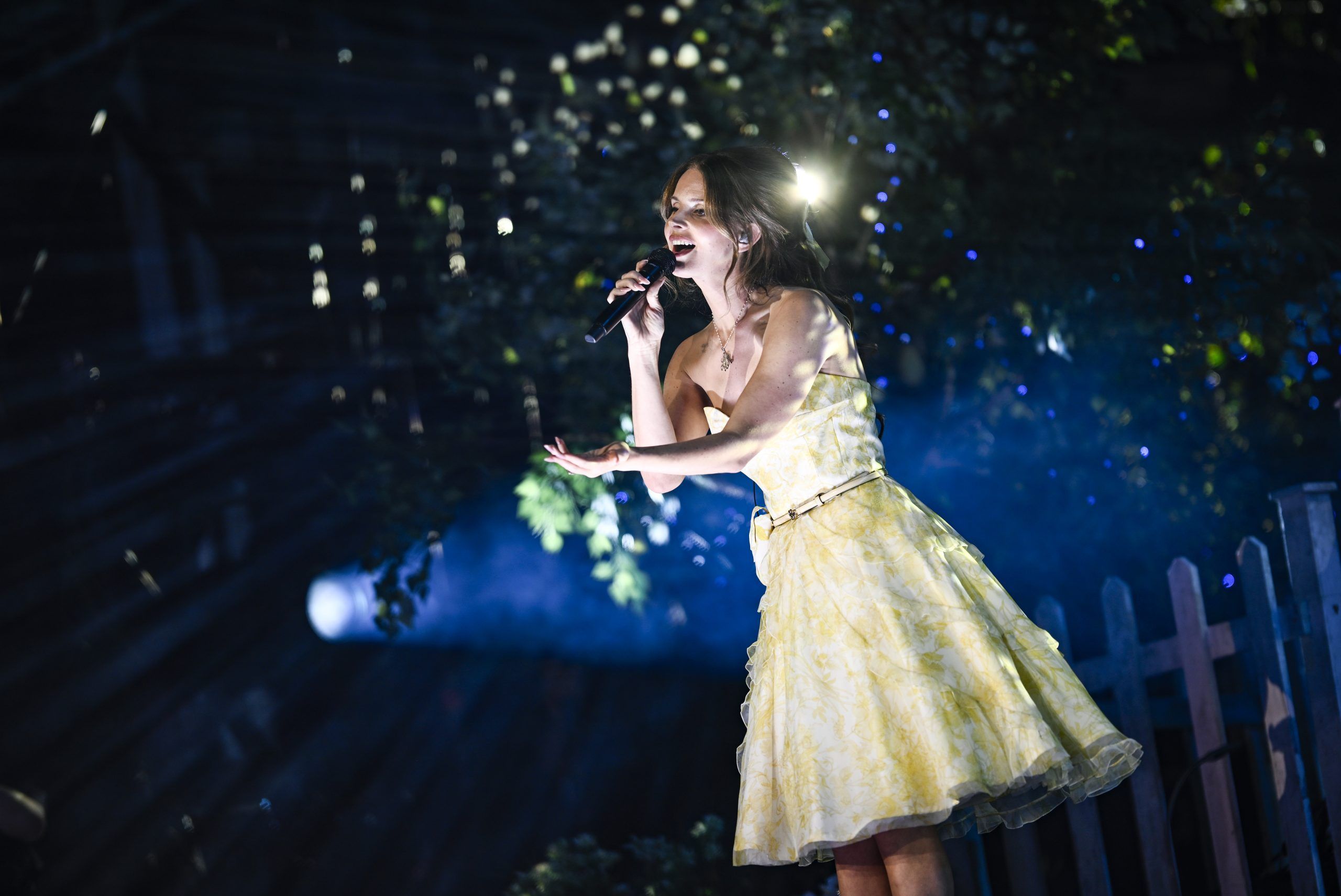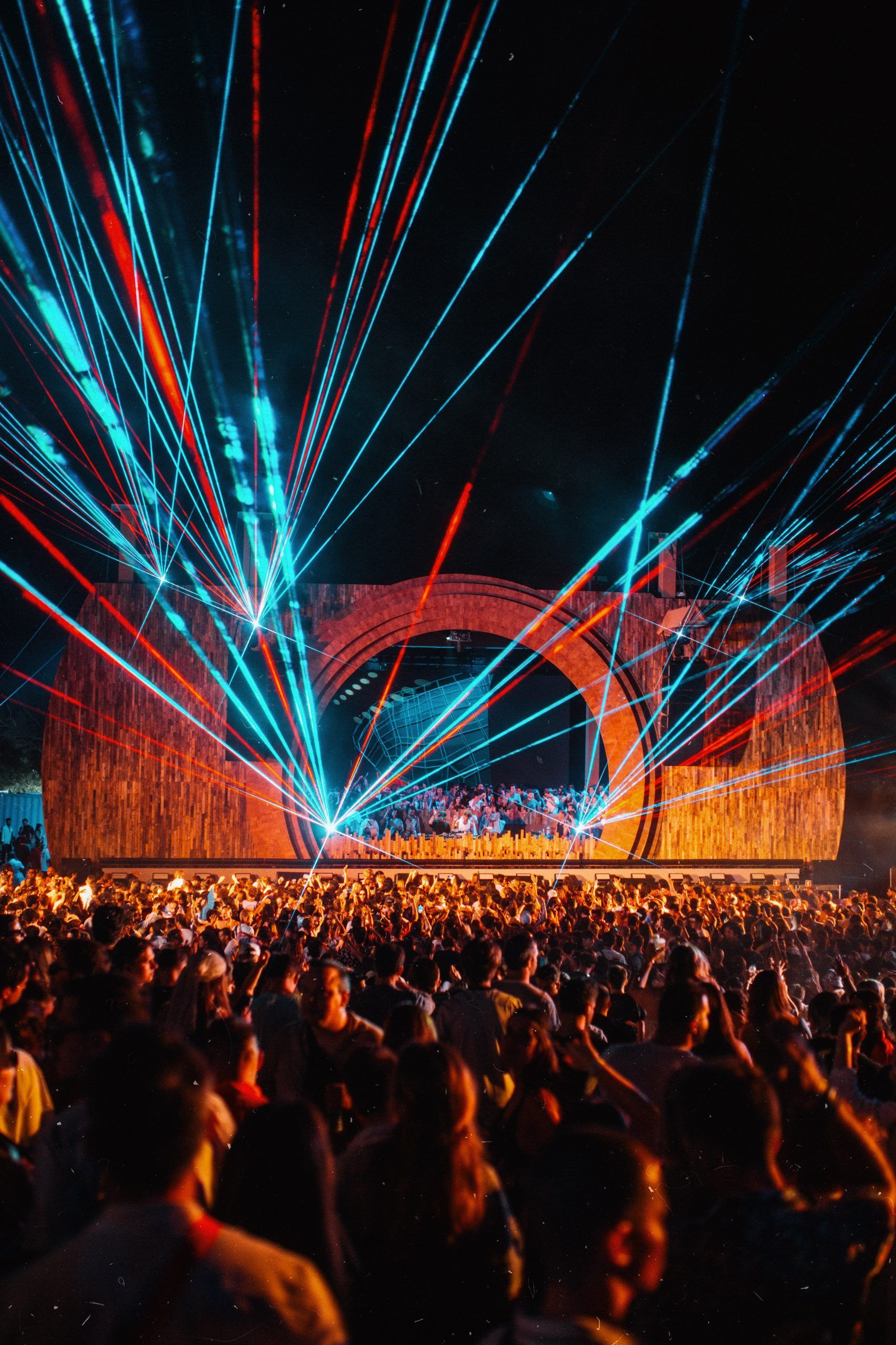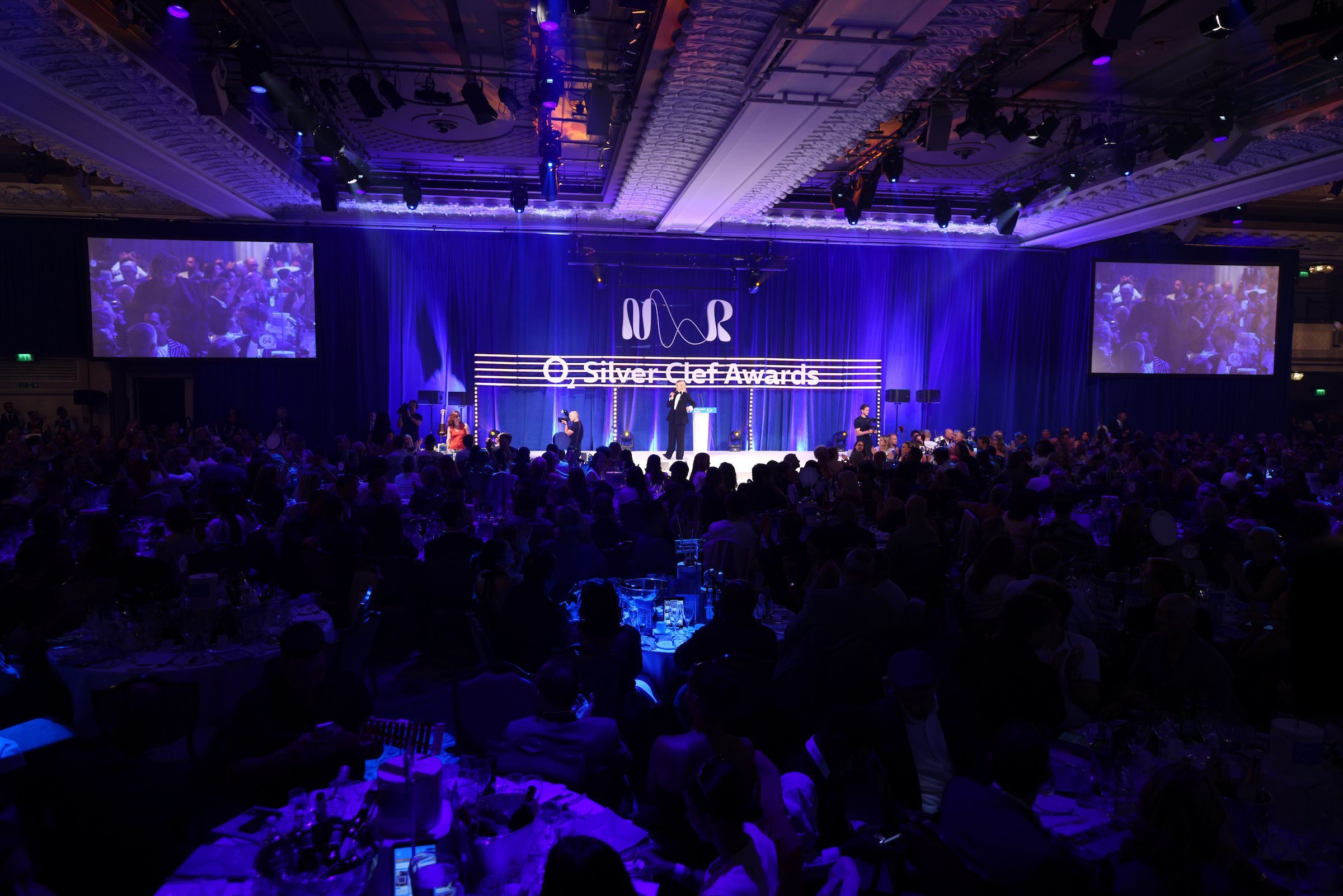The animation and visual effects industry has witnessed explosive growth in recent years, driven by advancements in technology and a surge in demand for high-quality digital content across various platforms. From blockbuster movies to video games and virtual reality experiences, the need for intricate and visually stunning animations has never been greater. Amidst this evolution, render farms have emerged as a pivotal technology, fundamentally transforming the way animations are produced and delivered.
What is a Render Farm?
A render farm is a high-performance computer system or a cluster of networked computers designed specifically for rendering images, animations, and visual effects. In essence, it is a supercomputer that splits the rendering workload across multiple machines, significantly accelerating the process. Each frame of an animation or visual effect is broken down into smaller tasks and distributed among the computers in the render farm. This parallel processing approach allows for the completion of rendering tasks that would take a single computer days or even weeks, in a fraction of the time.
The Role of Render Farms in Modern Animation
Speed and Efficiency
The primary advantage of using render farms is the unparalleled speed and efficiency they bring to the rendering process. Complex animations and high-resolution visual effects that require extensive computational power can be rendered swiftly, allowing studios to meet tight deadlines and iterate on their projects more effectively. For instance, the rendering of a single frame in a high-quality animated film can take several hours on a standard workstation. However, with a render farm, the same task can be distributed across hundreds or thousands of machines, reducing the rendering time to mere minutes.
Project Examples
Numerous high-profile projects have benefited from the capabilities of render farms. Major blockbuster movies, such as those produced by Pixar and Marvel, typically have their own in-house render farms. These dedicated resources handle the immense rendering needs of feature films with high budgets and complex visual effects. For instance, Pixar’s “Toy Story 4” utilized an extensive render farm to handle the intricate lighting and shading required for its photorealistic animation. Similarly, the visual effects in “Avengers: Endgame” relied heavily on render farms to process the complex simulations and CGI elements that brought the epic battle scenes to life.
However, independent creators and smaller studios can also reap the benefits of render farms through third-party services. A notable example is Blender Bob’s ongoing animated short “Tiki,” utilizes GarageFarm.net for its rendering needs. This demonstrates how accessible and powerful render farms have become, enabling smaller-scale projects to achieve high-quality results without the need for an in-house infrastructure.
GarageFarm.net: Leading the Charge
Introduction to GarageFarm.net
Among the various render farm services available, GarageFarm.net stands out as a leader in the field. Known for its user-friendly interface and robust performance, GarageFarm.net offers cloud-based rendering services that cater to both individual artists and large studios. By leveraging the power of cloud computing, GarageFarm.net provides a scalable and cost-effective solution for rendering needs.
Key Features
- Cloud-Based Infrastructure: GarageFarm.net operates entirely in the cloud, eliminating the need for costly hardware investments and maintenance. Users can access the service from anywhere in the world, making it highly convenient and flexible.
- Wide Software Support: The platform supports a broad range of 3D software, including Blender, 3ds Max, Maya, and Cinema 4D. This ensures compatibility with various pipelines and allows artists to work with their preferred tools.
- Scalability: One of the standout features of GarageFarm.net is its scalability. Users can adjust the number of rendering nodes based on their project’s requirements, ensuring optimal performance and cost-efficiency.
Benefits of Using Render Farms
Time and Resource Savings
Render farms offer significant time and resource savings by drastically reducing rendering times. This efficiency allows artists and studios to focus more on the creative aspects of their projects rather than being bogged down by technical constraints. Additionally, the ability to render complex scenes quickly means that teams can iterate more frequently, improving the overall quality of the final product.
Accessibility and Cost-Effectiveness
Cloud-based render farms like GarageFarm.net democratize access to high-performance rendering capabilities. Smaller studios and independent artists can now compete with larger studios by utilizing powerful rendering resources without the need for substantial financial investments. This accessibility levels the playing field and fosters innovation across the industry.
Global Reach and Accessibility
Democratizing Rendering Technology
GarageFarm.net’s cloud-based model has a profound impact on artists from diverse regions. By providing affordable and scalable rendering solutions, it enables creatives from all over the world to bring their visions to life. This democratization of technology is crucial for nurturing talent and ensuring that great ideas can come from anywhere, regardless of geographical or economic barriers.
Impact on Diverse Artists
Artists from developing regions, who might previously have been limited by hardware constraints, can now leverage GarageFarm.net’s resources to produce high-quality work. This has led to a more inclusive and diverse animation industry, where voices from different backgrounds can contribute to the global creative landscape.
Conclusion
Render farms have revolutionized the animation and visual effects industry by providing the necessary computational power to handle increasingly complex projects. The speed, efficiency, and accessibility offered by services like GarageFarm.net have made high-quality rendering achievable for artists and studios of all sizes. As the demand for stunning digital content continues to rise, embracing render farm technology will be essential for staying competitive and pushing the boundaries of what is possible in animation.
In summary, render farms are not just a technological advancement; they are a catalyst for creative innovation, enabling artists to realize their visions faster and more effectively. As we look to the future, the continued development and adoption of render farm technology will undoubtedly lead to even more breathtaking and immersive digital experiences.





